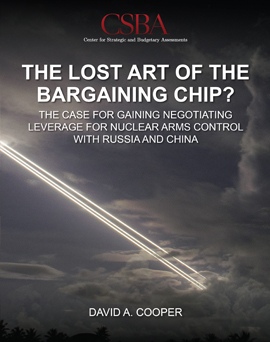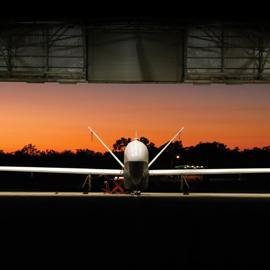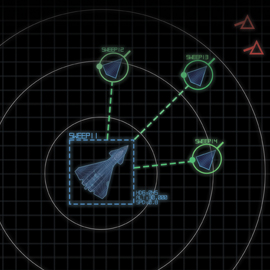
Over the past decade, as Russia and China have enhanced their nuclear capabilities, the United States has sought to negotiate arms control arrangements that would avoid a new nuclear arms race. So far, however, those efforts have proven unsuccessful. As a result, Washington is on track to confront an authoritarian axis of two nuclear peer competitors over the next decade. Meanwhile, its planned nuclear posture still reflects a far more benign threat environment.
In The Lost Art of the Bargaining Chip, CSBA non-resident senior fellow David A. Cooper draws on historical lessons from the Cold War to provide a roadmap for competitive arms control, one that could help to stabilize a dynamic and dangerous nuclear balance. Specifically, the report explores so-called dual-track approach, which involves limited arms racing to narrow gaps and to gain negotiating leverage that would incentivize rivals to engage seriously in an arms control process. This approach played an important role in successful arms control negotiations during an earlier era and could be applied to today’s tripolar nuclear context.
As things stand, neither China nor Russia have good reasons to negotiate limits on a nuclear arms race with the United States when they are the only ones doing the arms racing. If Washington wants arms control, therefore, it should pivot to a deliberate dual-track strategy to shake up those countries’ cost-benefit calculations. The Lost Art of the Bargaining Chip explores what that strategy might entail.



























